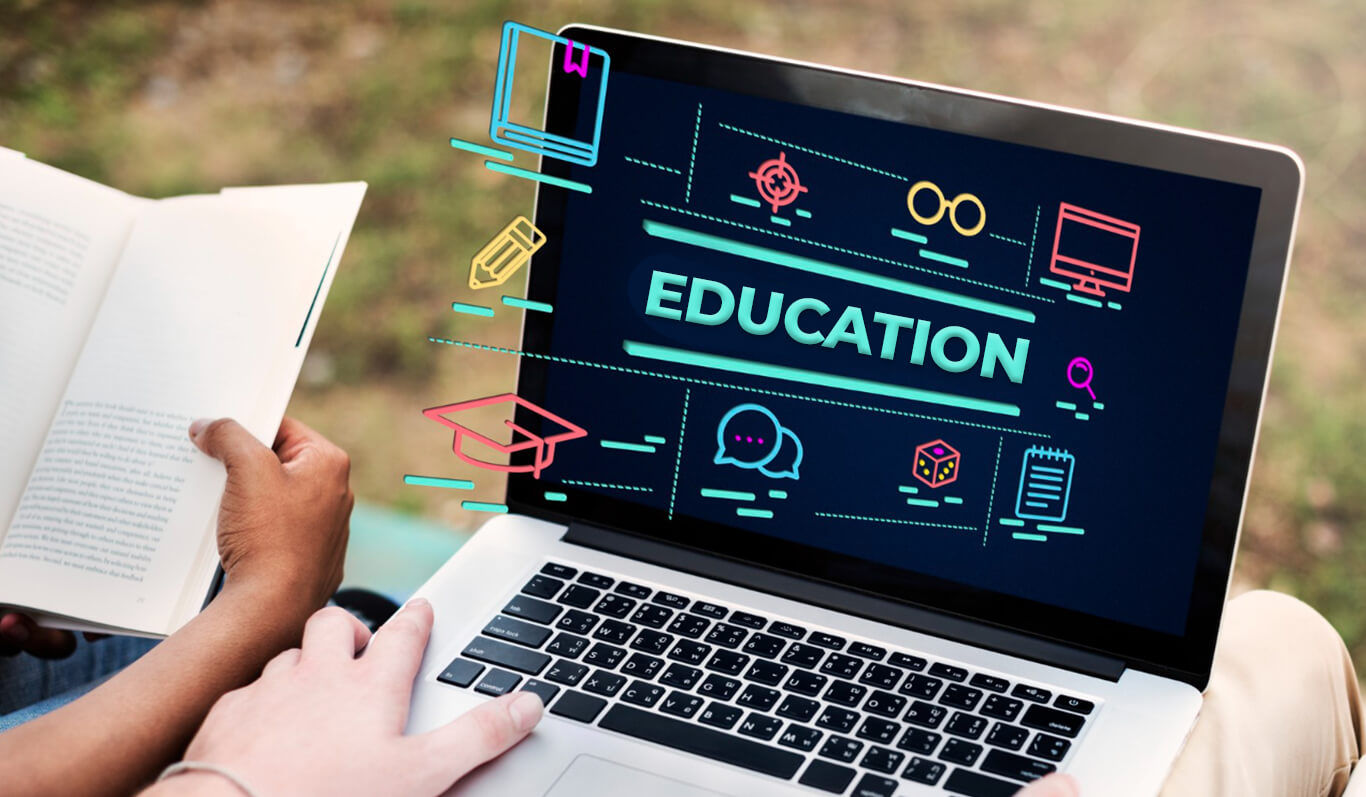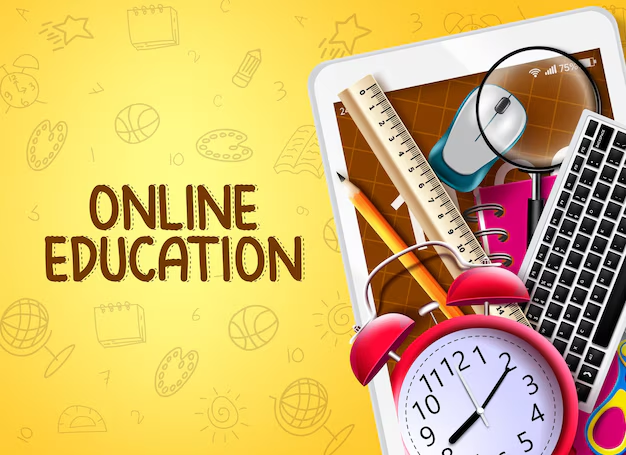The Impact of Technology in Modern Education
In today’s fast-paced world, technology has become an integral part of our daily lives. From smartphones to smart classrooms, its influence is undeniable. In the realm of education, technology has revolutionized the way we learn, teach, and interact. Let’s explore how technology is shaping modern education.
1. Enhanced Learning Experience
Technology provides personalized learning experiences. Adaptive learning platforms analyze student performance and tailor content accordingly. Whether it’s interactive videos, gamified quizzes, or virtual labs, students can engage with material in dynamic ways. Learning management systems (LMS) streamline assignments, grades, and communication between teachers and students.
2. Global Connectivity
The internet connects students and educators worldwide. Online courses, webinars, and collaborative projects transcend geographical boundaries. Students can learn from experts across the globe, fostering a global perspective. Virtual exchange programs allow cultural exchange without leaving the classroom.
3. Digital Resources
Gone are the days of heavy textbooks. E-books, online libraries, and open educational resources (OER) provide instant access to information. Students can explore diverse perspectives, conduct research, and cite credible sources effortlessly. Teachers can curate multimedia content to enhance lessons.
4. Blended Learning
Blending traditional classroom teaching with online components creates a balanced learning environment. Flipped classrooms encourage students to watch lectures at home and engage in discussions during class. This approach fosters active participation and deeper understanding.
5. Accessibility and Inclusion
Technology ensures education reaches all learners. Screen readers, captioned videos, and adaptive software accommodate students with disabilities. Online courses accommodate working professionals, parents, and those with busy schedules. Inclusive design benefits everyone.
6. Collaboration and Communication
Collaborative tools like Google Workspace and Microsoft Teams facilitate group projects. Students collaborate in real time, sharing ideas and refining their work. Discussion forums encourage critical thinking and peer learning. Communication apps keep everyone connected.
7. Data-Driven Insights
Educational analytics provide valuable insights. Teachers can track student progress, identify areas of improvement, and adjust teaching strategies. Predictive analytics help prevent dropouts. Data-driven decisions enhance student outcomes.
8. Coding and STEM Education
Coding is the language of the future. Schools now offer coding classes, robotics clubs, and maker spaces. STEM (Science, Technology, Engineering, and Mathematics) education prepares students for tech-driven careers.
9. Challenges and Ethical Considerations
While technology brings immense benefits, it also poses challenges. Privacy concerns, screen addiction, and misinformation are real issues. Balancing screen time and fostering digital literacy are essential.
10. Continuous Learning for Educators
Teachers must adapt to technological advancements. Professional development workshops and online courses empower educators to integrate technology effectively. Lifelong learning is key.
In conclusion, technology is reshaping education. Embracing it thoughtfully ensures a brighter future for learners worldwide. Let’s harness its power to create meaningful educational experiences!












Assembly